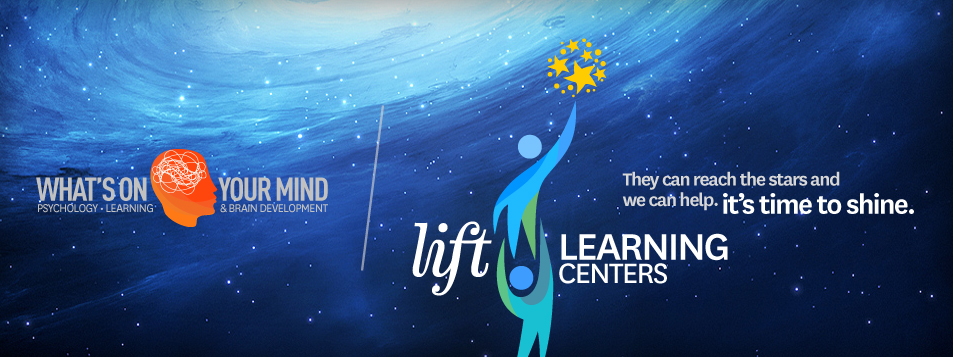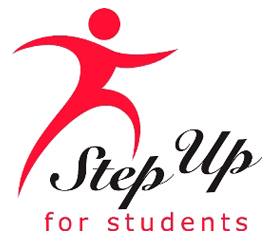Brain Skills
Every activity we perform, riding a bicycle, driving a car, playing soccer, all have specific brain skills associated with them. When we first practice these activities, there is a lot of conscious effort in carrying out the individual skills involved, but eventually the brain skills become automatic as they are shifted into the subconscious for automatic processing and that is when the activity suddenly becomes second nature.
The primary grounds for poor learning is that a number of brain skills needed for a particular subject or academic activity are not automatic. For example, a student with difficulty reading fluently is attempting to sound out the individual sounds of words consciously or pausing to think of their meaning, when this should be occurring automatically. The child who has to work consciously at sounding out letters and blending those sounds uses all his or her effort on the act of reading. This means that there is not enough left over to comprehend the ideas that were read. When the brain skills involved in reading are not automatic, comprehension, memory and performance suffer.
Below is a list of some of the brain/processing skills that are associated with learning:
- Auditory Attention: attention used to listen.
- Auditory Analysis: to determine the sounds that are within a word and the sequence of those sounds.
- Auditory Processing: the ability to process what is heard including analyzing, blending and segmenting sounds. Auditory processing is crucial for reading and spelling.
- Auditory Discrimination: the ability to hear and analyze differences in sound including loudness, pitch and phoneme.
- Auditory Segmenting: the ability to break apart a word into its individual sounds
- Auditory Blending: the ability to blend individual sounds to form words (auditory blending),
- Auditory-Visual Association: the ability to integrate sounds with an image (letter).
- Executive Functioning: the ability to plan and organize. It refers to a set of processes having to do with managing oneself and one’s resources in order to achieve a goal.
- Logic and Reasoning: the process of drawing conclusions and arguments from facts.
- Long Term Memory: the storage and fluent retrieval of information that is needed at a later time. It makes up the student’s knowledge base.
- Math Computation: the ability to compute basic math calculations including adding, subtracting, multiplying, & dividing.
- Processing Speed: the speed at which the individual’s brain is able to process information. It is related to the efficiency of thinking. The faster the processing, the more efficient the thinking.
- Selective Attention: the ability to focus attention on a specific task while disregarding distractions.
- Sequential Processing: the ability to process information sequentially. It is associated with short term memory and problem solving.
- Short Term Memory: the ability to temporarily store and manage information required to carry out complex cognitive tasks such as learning, reasoning, and comprehension.
- Simultaneous Processing: the ability to process information that is received all at once. This involves the ability to integrate separate stimuli into a cohesive, interrelated whole. Simultaneous processing is necessary for language comprehension, as in “Who is the person in the following statement: My mother’s father was his only son?”
- Sustained Attention: the ability to stay focused for an extended period of time on a task that has little interest.
- Visual Closure: the ability to visualize a complete whole when given incomplete information or a partial picture. This skill helps us understand things quickly because our visual system doesn’t have to process every detail to recognize what we are seeing. This skill helps us to recognize site words.
- Visual Processing: the ability to process what is seen both externally and internally. Externally, the student must be able to process what is taught visually, while internally the student needs to be able to form clear and precise pictures of concepts. This is crucial for reading comprehension and math problems that rely on visual information.
- Visual Discrimination: the ability to discern differences between objects including size, shape, color, distance, and orientation of objects, as well as the ability to discriminate items from a background. Visual discrimination is what lets us see that “was” and “saw” are different even though they have the same letters.
- Visual Span: the ability to see in a wide area.
- Working Memory: the ability to hold information just long enough to solve a problem. It is essential for mental math.











